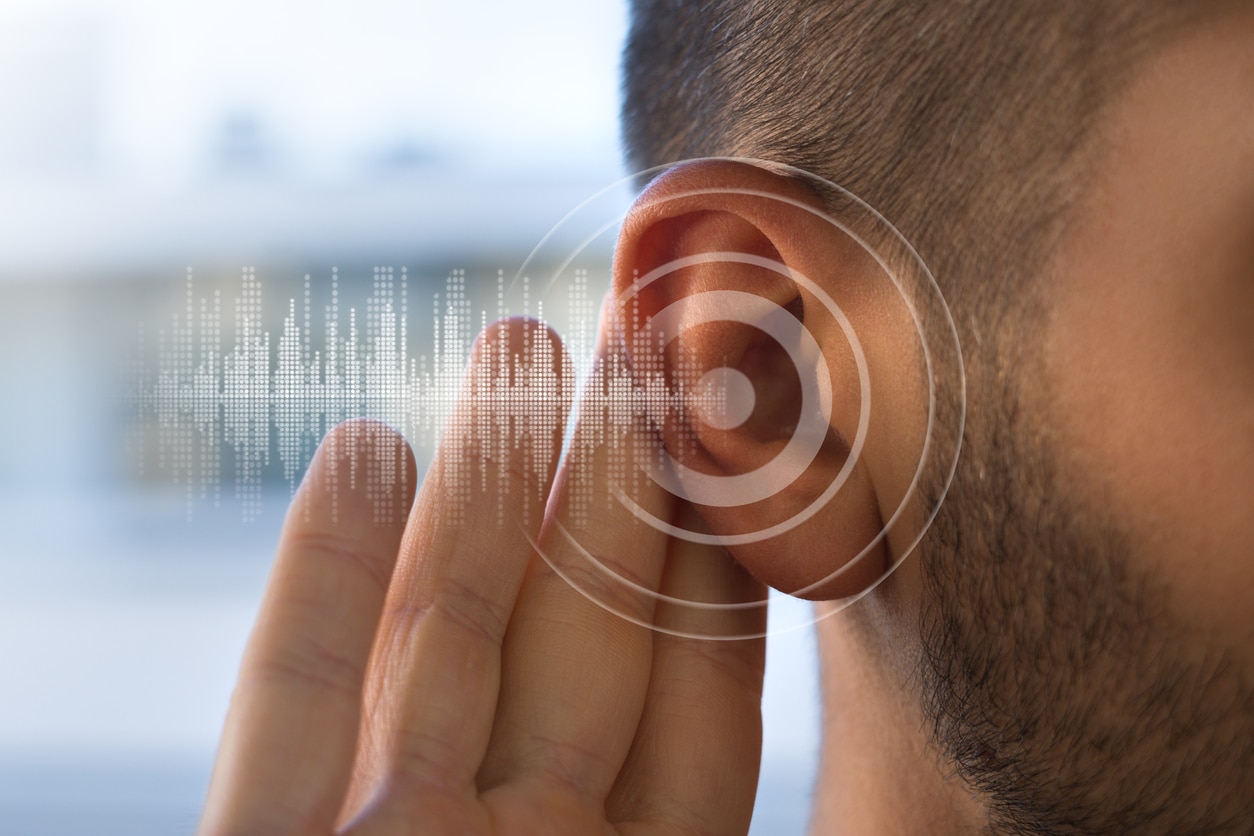According to the World Health Organization, by the year 2050, an estimated 1.5 billion people will experience some degree of hearing loss. A large portion of this is caused by damage to the tiny hair cells in the inner ear, which play a critical role in transmitting sound signals to the brain. When these cells are harmed, whether due to aging, exposure to loud sounds or illness, they do not regenerate on their own, leading to permanent hearing damage.
However, new findings in gene therapy may hold the potential to change that. Recent research conducted on mice shows promising results for restoring hearing by repairing inner ear hair cells through a natural fluid pathway in the body.
The Vital Role of Hair Cells in Hearing

The hair cells located within the cochlea are key players in how we process sound. These cells convert vibrations from sound waves into electrical signals, which are then sent to the brain for interpretation. When these delicate cells are damaged, hearing loss occurs, and current treatment options, such as hearing aids or cochlear implants, only help amplify sound or bypass the damaged cells.
While these treatments offer significant benefits, they do not restore the ear’s natural ability to hear. Because of these limitations, scientists have been exploring new approaches, including gene therapy, to potentially restore hearing by targeting the source of the problem.
New Research and Discoveries
A major breakthrough in this field is the identification of a natural pathway in the cochlea known as the cochlear aqueduct, which allows for the efficient delivery of gene therapy. This pathway connects the inner ear to the brain’s cerebrospinal fluid. In recent experiments, scientists injected gene therapy into this fluid in young mice, allowing it to travel to the cochlea and reach the damaged hair cells. The therapy was able to successfully regenerate the hair cells and restore hearing in the mice.
What makes this discovery particularly exciting is that the cochlea of young mice remains accessible because it hasn’t yet been enclosed by bone, making it easier to target the inner ear without the need for invasive procedures. This method of delivery, using the brain’s natural fluids, could represent a less invasive and more effective way to treat hearing loss.
Age-Related Challenges and Future Directions
One of the obstacles to applying this research in older patients is the process of ossification. As mammals, including humans, age, the cochlea becomes surrounded by bone, which can hinder the effectiveness of gene therapy delivery. This natural bone formation presents a challenge for therapies that rely on fluid pathways to reach the inner ear, making treatment in older individuals more complicated.
While this research is still in its early stages and has primarily focused on young mice, it has opened new doors for developing treatments for hearing loss. With further advancements, gene therapy could become a powerful tool in addressing both genetic hearing loss and age-related auditory decline.
This breakthrough represents a significant step forward in the fight against hearing loss, offering hope that one day we may be able to restore hearing naturally. For more information on this research or to explore hearing care options, contact Kampsen Hearing for a consultation today.